“Ode to the West Wind” by Shelley is like nature’s powerful melody 🌬️. It sings of changing seasons and the poet’s wish for inspiration. The verses create a tapestry of nature’s grandeur and the poet’s plea to be a force of change, just like the mighty West Wind. It’s a timeless harmony that blends nature’s beauty with human aspirations, crafting a poetic journey in the language of the wind. 🍃✨
ODE TO THE WEST WIND by PERCY BYSSHE SHELLEY
I
O wild West Wind, thou breath of Autumn’s being,
Thou, from whose unseen presence the leaves dead
Are driven, like ghosts from an enchanter fleeing,
Yellow, and black, and pale, and hectic red,
Pestilence-stricken multitudes: O thou,
Who chariotest to their dark wintry bed
The winged seeds, where they lie cold and low,
Each like a corpse within its grave, until
Thine azure sister of the Spring shall blow
Her clarion o’er the dreaming earth, and fill
(Driving sweet buds like flocks to feed in air)
With living hues and odours plain and hill:
Wild Spirit, which art moving everywhere;
Destroyer and preserver; hear, oh hear!
II
Thou on whose stream, mid the steep sky’s commotion,
Loose clouds like earth’s decaying leaves are shed,
Shook from the tangled boughs of Heaven and Ocean,
Angels of rain and lightning: there are spread
On the blue surface of thine aëry surge,
Like the bright hair uplifted from the head
Of some fierce Maenad, even from the dim verge
Of the horizon to the zenith’s height,
The locks of the approaching storm. Thou dirge
Of the dying year, to which this closing night
Will be the dome of a vast sepulchre,
Vaulted with all thy congregated might
Of vapours, from whose solid atmosphere
Black rain, and fire, and hail will burst: oh hear!
III
Thou who didst waken from his summer dreams
The blue Mediterranean, where he lay,
Lull’d by the coil of his crystalline streams,
Beside a pumice isle in Baiae’s bay,
And saw in sleep old palaces and towers
Quivering within the wave’s intenser day,
All overgrown with azure moss and flowers
So sweet, the sense faints picturing them! Thou
For whose path the Atlantic’s level powers
Cleave themselves into chasms, while far below
The sea-blooms and the oozy woods which wear
The sapless foliage of the ocean, know
Thy voice, and suddenly grow gray with fear,
And tremble and despoil themselves: oh hear!
IV
If I were a dead leaf thou mightest bear;
If I were a swift cloud to fly with thee;
A wave to pant beneath thy power, and share
The impulse of thy strength, only less free
Than thou, O uncontrollable! If even
I were as in my boyhood, and could be
The comrade of thy wanderings over Heaven,
As then, when to outstrip thy skiey speed
Scarce seem’d a vision; I would ne’er have striven
As thus with thee in prayer in my sore need.
Oh, lift me as a wave, a leaf, a cloud!
I fall upon the thorns of life! I bleed!
A heavy weight of hours has chain’d and bow’d
One too like thee: tameless, and swift, and proud.
V
Make me thy lyre, even as the forest is:
What if my leaves are falling like its own!
The tumult of thy mighty harmonies
Will take from both a deep, autumnal tone,
Sweet though in sadness. Be thou, Spirit fierce,
My spirit! Be thou me, impetuous one!
Drive my dead thoughts over the universe
Like wither’d leaves to quicken a new birth!
And, by the incantation of this verse,
Scatter, as from an unextinguish’d hearth
Ashes and sparks, my words among mankind!
Be through my lips to unawaken’d earth
The trumpet of a prophecy! O Wind,
If Winter comes, can Spring be far behind?
About the Poet PB Shelley
Percy Bysshe Shelley (1792–1822) was a prominent English Romantic poet known for his rebellious spirit, radical ideas, and lyrical poetry. Born into a wealthy and politically active family, Shelley was educated at Eton College and Oxford University. His early exposure to progressive ideas, including those of the Enlightenment and the French Revolution, profoundly influenced his worldview.
Shelley’s literary career blossomed with the publication of his first major work, “Queen Mab” (1813), a lengthy poem expressing his political and philosophical beliefs. However, it was “Ode to the West Wind” (1819), one of his best-known works, that showcased his mastery of poetic expression and his fascination with the forces of nature.
Married to Mary Wollstonecraft Shelley, the author of “Frankenstein,” Shelley lived a life marked by personal and political turmoil. His relationships, including the one with Mary and his earlier marriage to Harriet Westbrook, were marred by tragedy and controversy. Shelley’s rejection of societal norms and his advocacy for free love and social reform led to societal disapproval.
Shelley’s other notable works include “Prometheus Unbound” (1820), a lyrical drama expressing his political and spiritual ideas, and “Adonais” (1821), an elegy mourning the death of his friend, John Keats. His poetry often explored themes of individualism, the power of the imagination, and the potential for societal transformation.
Tragically, Shelley’s life was cut short when he drowned in the Gulf of Spezia in 1822 at the age of 29. Despite his relatively short life, Shelley’s impact on literature and his advocacy for social change have left an enduring legacy, influencing subsequent generations of poets and thinkers who were drawn to his passionate and visionary expressions of human experience.
Summary of Ode to the West Wind by P B Shelley
“Ode to the West Wind” is a passionate poem by Percy Bysshe Shelley that explores the intersection of nature, human experience, and the transformative power of the imagination.
The poem is divided into five stanzas, each addressing different aspects of the West Wind and its symbolic significance.
1. Invocation of the West Wind (Stanza 1):
Shelley begins by addressing the West Wind as a powerful force of nature. He describes the wind’s might and asks it to hear his plea. The wind is portrayed as a wild and uncontrollable spirit.
2. The Wind as a Destroyer and Preserver (Stanzas 2-3):
Shelley compares the West Wind to a destroyer and a preserver. The wind is seen as both a force of destruction, clearing away the old, and a force of renewal, bringing new life. The imagery of dead leaves and seeds emphasizes this dual nature.
3. Personal Appeal for Inspiration (Stanza 4):
The poet makes a personal appeal to the West Wind, expressing his desire to be a part of its power. He wishes for the wind to lift him, as it does with leaves, and scatter his thoughts like clouds across the world. This stanza reflects Shelley’s longing for inspiration and creative influence.
4. The Promise of Spring (Stanza 5):
The final stanza looks towards the future, anticipating the coming of spring. Shelley envisions the seeds, which have been scattered by the wind, germinating and giving birth to new life. The poem concludes with a hopeful tone, suggesting that the transformative power of the West Wind will lead to a rebirth and renewal.
Throughout the poem, Shelley’s use of vivid imagery, metaphors, and personification creates a powerful and evocative portrayal of nature’s forces. “Ode to the West Wind” is not only an exploration of the external world but also a reflection of the poet’s inner struggles and aspirations, making it a timeless and resonant piece in the realm of Romantic poetry.
Analysis of Ode to the West Wind
Shelley’s early readings primarily consisted of pulp fiction, where enchanters, demons, and the supernatural unfolded amidst an atmosphere of horror. The wind’s character evolves from an enchanter to a carter, steering a load of winged seeds to their wintry resting place, akin to corpses in graves. These seeds, dormant until summoned by the spring wind’s trumpet, transform into sweet buds, driven like flocks to feed in the air, mirroring the way the west wind propels leaves.
The second stanza weaves a complex tapestry where clouds are both leaves shaken from Heaven and Ocean’s tangled boughs and angels of rain and lightning. Simultaneously, they resemble locks, reminiscent of a fierce Maenad. The west wind, acting as a stream and a funeral song, constructs a vast tomb with rain cloud bricks for the impending night.
In the third stanza, the west wind awakens the Mediterranean Sea, envisioning old palaces and towers overgrown with azure moss and flowers. Contrastingly, its impact on the Atlantic involves cutting it into chasms with a colossal blade, instilling fear in the seaweed below. The subsequent stanzas, where Shelley turns to introspection, offer a linguistic simplicity that stands in stark contrast to the dense metaphorical jungle of the preceding verses. Shelley’s ability to hypnotize with language is evident, employing a breathless accumulation of words to convey the power of the wind, mirroring its unstoppable force.
In crafting this interpretation, Shelley’s hypnotic prowess emerges through the sheer abundance of mellifluous, figurative language in the initial stanzas. This stylistic choice, akin to the violent wind it describes, captures the essence of Shelley’s poetic prowess and sets “Ode to the West Wind” apart as a mesmerizing exploration of nature’s dynamism.
In conclusion, Percy Bysshe Shelley‘s “Ode to the West Wind” stands as a testament to the poet’s masterful use of language and vivid imagery, capturing the essence of nature’s power and the human spirit. Shelley’s exploration of the West Wind’s dual nature as both destroyer and preserver reflects his broader poetic philosophy, evident in his influential work, “A Defence of Poetry.” This ode, along with other Bysshe Shelley poems like “Ozymandias,” exemplifies his ability to seamlessly blend the forces of nature with profound introspection. As we delve into the verses of “Ode to the West Wind,” we witness the hypnotic power of Shelley’s language, a hallmark of his poetic legacy, inviting readers to reflect on the enduring resonance of PB Shelley‘s contributions to the world of literature.
Discover more from Gyankundli
Subscribe to get the latest posts sent to your email.
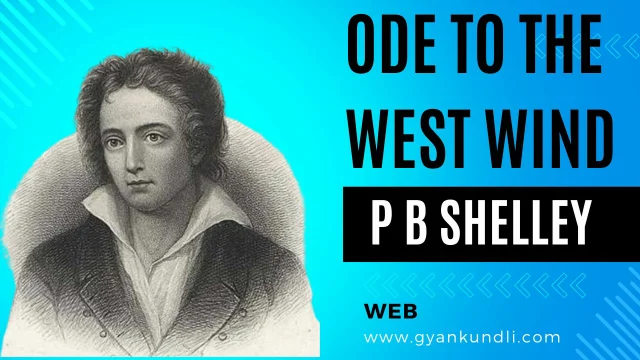

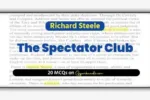

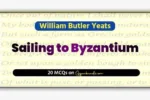
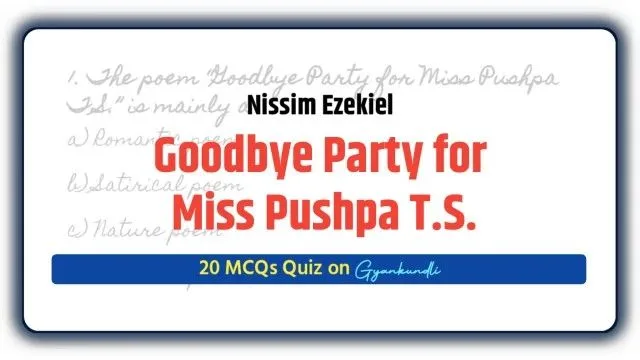
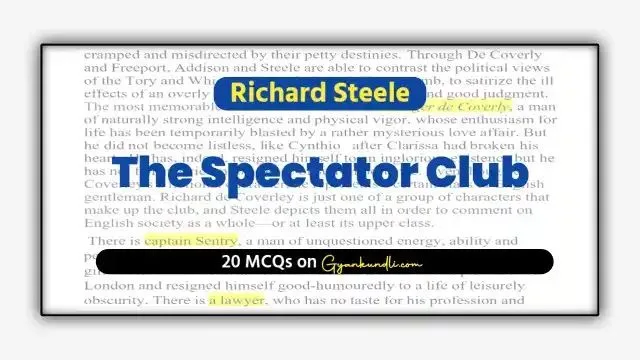
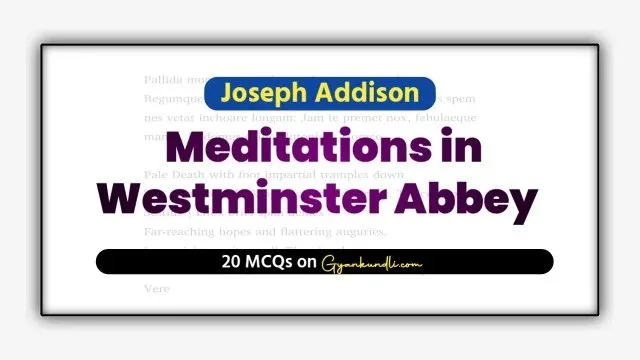
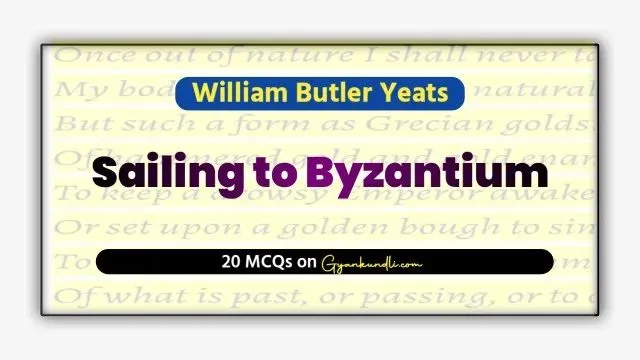

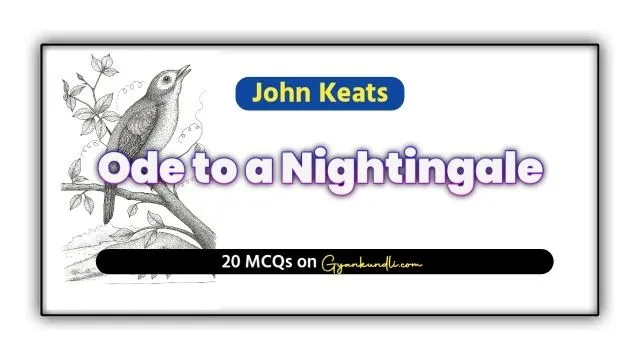
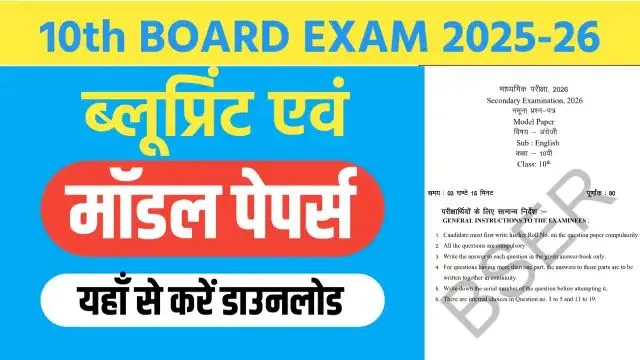



1 thought on “Ode to the West Wind : Summary and Analysis”